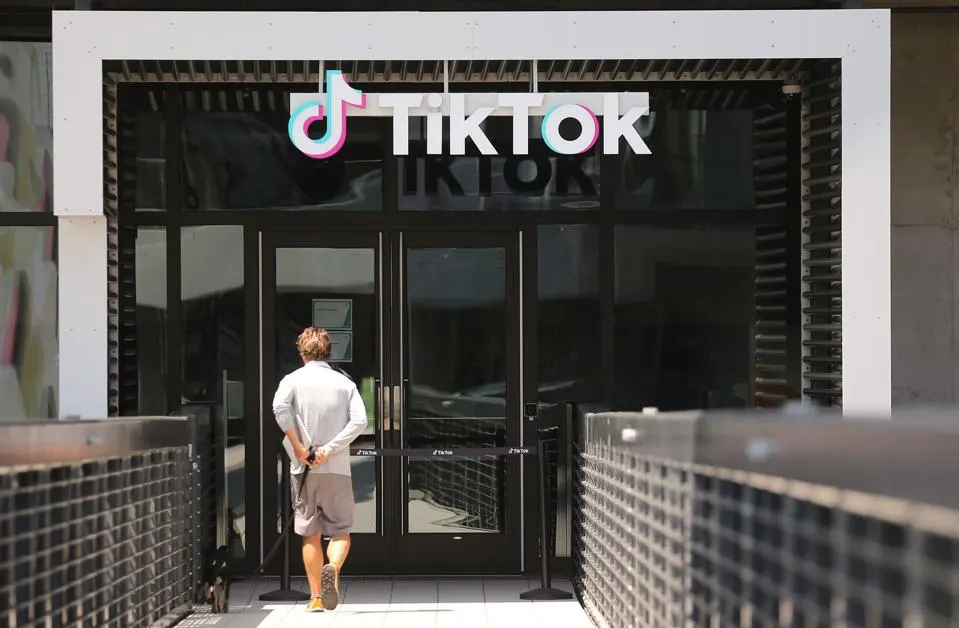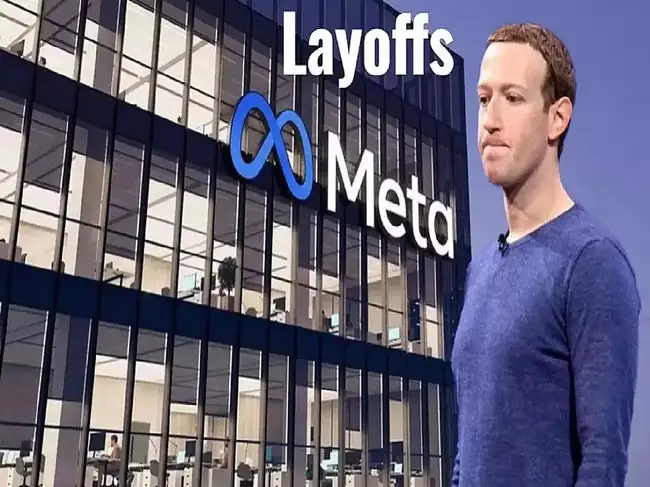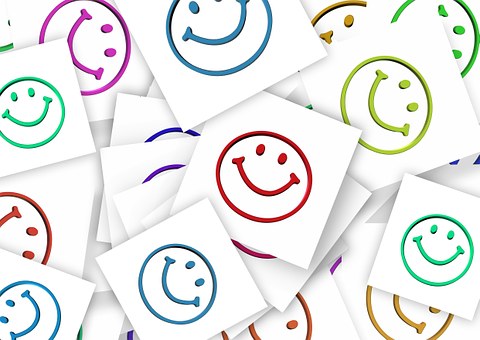When wit meets professionalism: Navigating the delicate art of office banter
In the digital age, workplace interactions have become a minefield of potential misunderstandings. A recent viral moment perfectly illustrated this complexity: employees caught on camera laughing during a corporate meeting about seemingly unrealistic targets, sparking a heated online debate about the very nature of workplace humour.
Was this spontaneous laughter a harmless pressure valve or a breach of professional conduct? The incident reveals the intricate dance between levity and respect that defines modern workplace communication.
“Not all laughter is humour,” observes Emmanuel David, an independent director. “It’s often a reaction—a natural coping mechanism when people feel overwhelmed or frustrated.”
The psychological landscape of workplace humour
Humour is far more than a simple comedic tool. It serves as a complex social mechanism that can unite teams, relieve stress, and create meaningful connections. Yet, it simultaneously carries the potential to divide, hurt, and create toxic environments when misapplied.
In the viral incident, the laughter might have been less about mockery and more about collective frustration. Atul Mathur, executive vice president, learning and development, Aditya Birla Capital, emphasises the nuanced nature of workplace interactions. “Humour can bring joy to the workplace,” he notes, “but it should be used carefully, especially in formal settings.”
Decoding the wit: More than just a joke
The distinction between wit and mere laughter is crucial. David differentiates between intelligent, thought-provoking humour and casual remarks. “Wit is intelligent and thought-provoking,” he explains. He illustrates this with a memorable anecdote of a colleague cleverly deflecting a personal question about money by saying, “Enough that I can’t afford to lose”—a response that is simultaneously witty, respectful, and light-hearted.
But humour becomes a minefield when it consistently targets individuals or exploits vulnerabilities. The phenomenon known as ‘punching down’—making jokes at the expense of those with less power or privilege—can rapidly erode workplace morale and trust.
The organisational imperative
Responsible organisations must do more than simply discourage bad behaviour. They need to actively cultivate an environment where humour becomes a positive, unifying force. This requires a comprehensive approach that goes beyond simple rulebooks. Clear guidelines must be established within employee codes of conduct, providing explicit expectations about appropriate workplace communication.
Simultaneously, organisations must invest in emotional intelligence training, helping employees develop a nuanced understanding of how their words impact others. This isn’t about creating a humourless environment, but about fostering communication that is both witty and respectful. Equally critical are safe reporting mechanisms that allow employees to voice discomfort without fear of retaliation, ensuring that potential issues are addressed internally before they escalate.
Leadership plays a crucial role in this ecosystem. Managers must not just enforce guidelines but actively model appropriate, inclusive humour. They need to demonstrate how wit can be a tool for connection rather than division, showing employees that humour can be both intelligent and kind.
Contextual complexity
Context is the critical determinant of humorous appropriateness. A witty remark might brilliantly break ice during a brainstorming session, yet become deeply inappropriate in a grievance meeting. Understanding the subtle dynamics of timing, audience, and subject matter is an art form in itself.
Mathur cautions against public airing of workplace grievances, emphasising established internal feedback channels. Yet, the very existence of platforms like Reddit reveals underlying communication gaps within organisations.
The leadership challenge
Leaders play a pivotal role in shaping workplace humour. They must possess the emotional intelligence to encourage authentic laughter while simultaneously discouraging remarks that might harm or marginalise.
David recounts a powerful example from union negotiations where a well-timed, witty response transformed a potentially confrontational environment. “It created a balance of power, diffused tension, and fostered constructive dialogue,” he reflects.
Beyond policies: Creating a culture of respect
Truly progressive organisations understand that humour policies are merely the starting point. The goal is to create a psychological safety net where employees feel valued, heard, and respected.
Bystander training programmes can empower employees to address inappropriate humour constructively. Emotional intelligence workshops can help staff develop a more nuanced understanding of communication dynamics.
The human element
At its core, workplace humour is a profoundly human interaction. It reveals vulnerability, builds connections, and can transform potentially challenging situations into moments of shared understanding.
“A little humour can reveal our vulnerability, defuse tension, and even balance power dynamics,” David concludes. “But when it risks harming others, it’s time to think twice.”
The most powerful laughter, ultimately, is inclusive—a unifying force that brings people together rather than pushing them apart.
Source:
https://www.hrkatha.com/features/the-razors-edge-of-workplace-laughter/






















